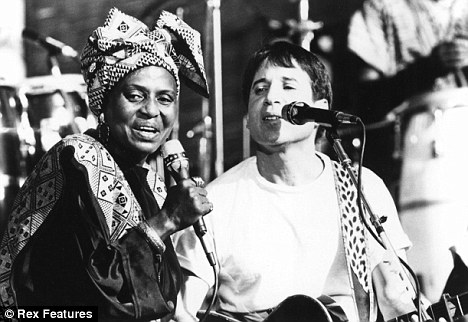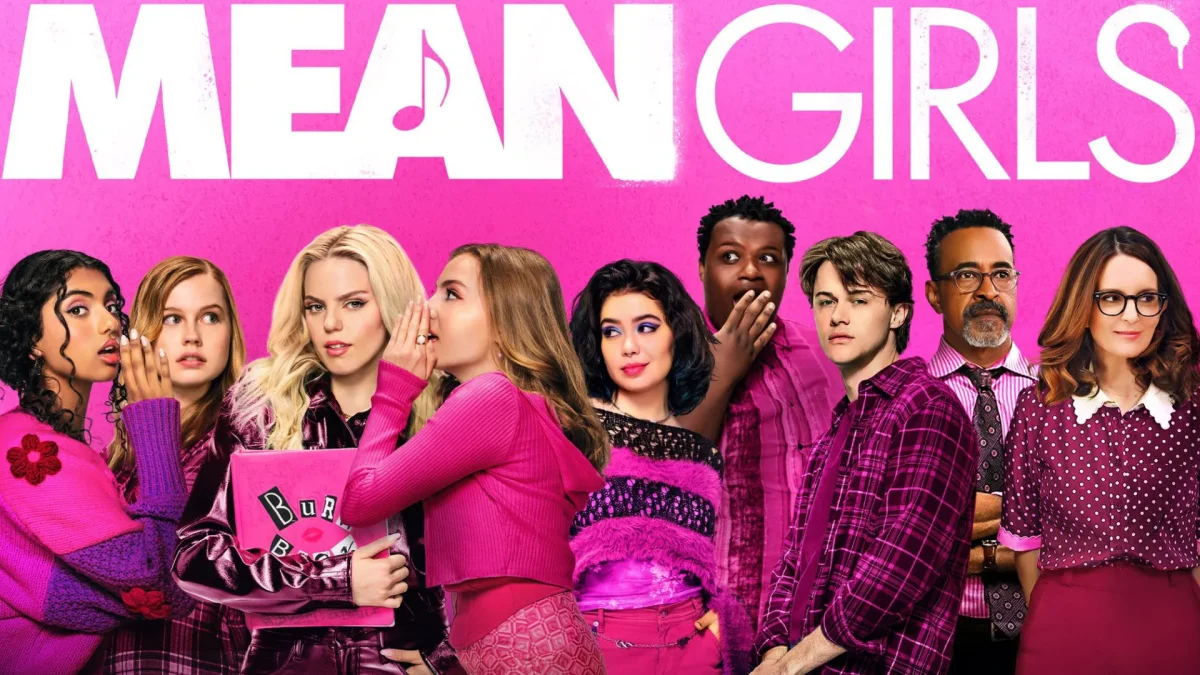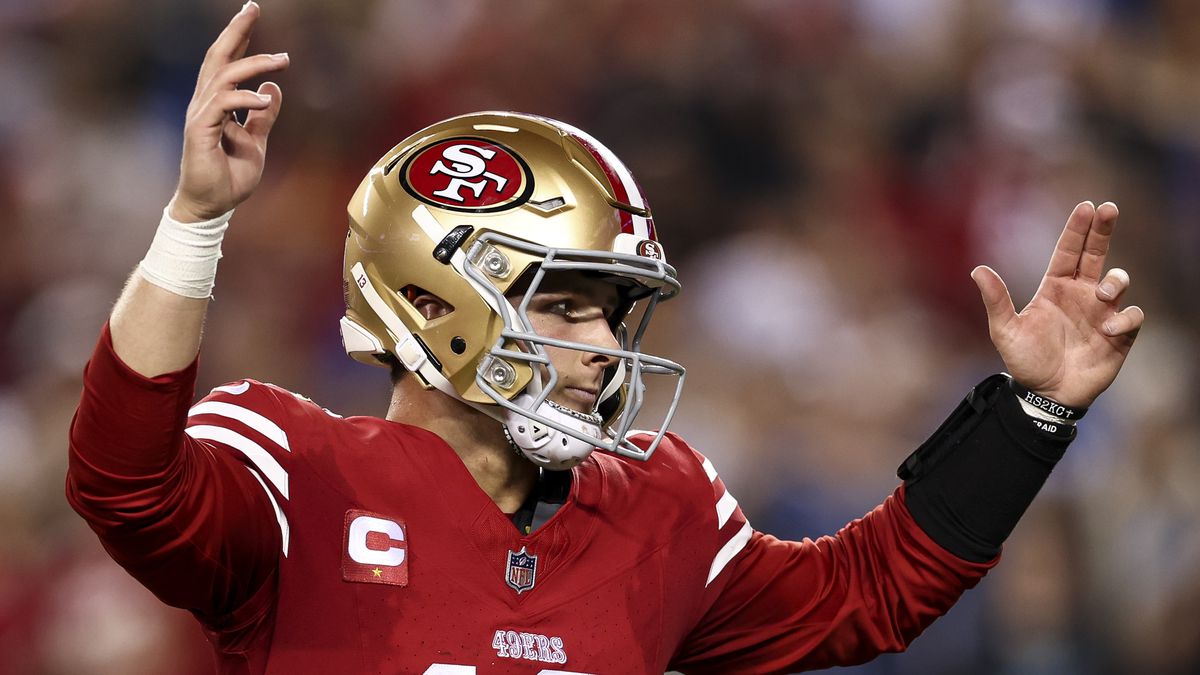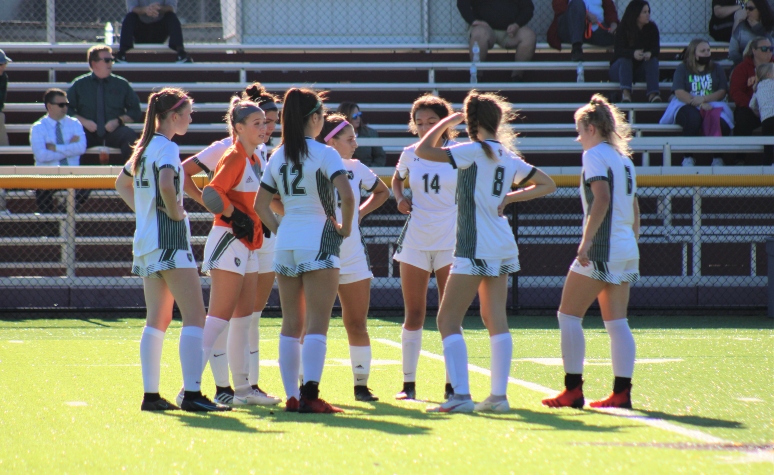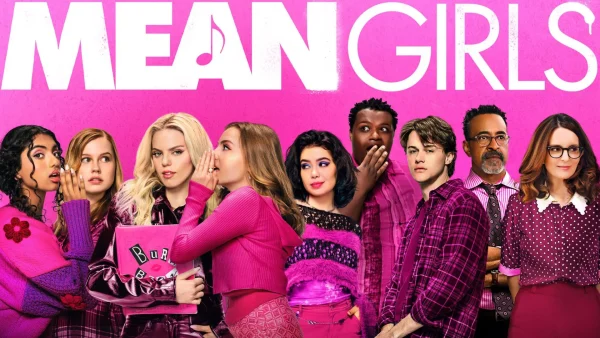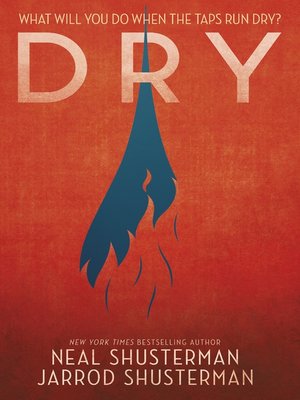American History Through The Lens of ‘Forrest Gump’
May 16, 2023
Forrest Gump is a moving tale of the eponymous character Forrest who goes through his life with an ever-cheerful disposition despite facing obstacles such as a mental disability and a crooked spine. Throughout the course of the film, Forrest touches many other lives around him, simply by being himself. While it is a poignant story about optimism and resilience, the movie also paints a compelling picture of post-WWII American history. Forrest’s life is interwoven with key historical events that unfold through the experiences of the characters.
The first part of American history that we see developed in the film has to do with the origins of our country. When the audience meets Forrest, we learn that he was named after Ku Klux Klan member Nathan Bedford Forrest. His family also resides on a former plantation, as the movie takes place in Alabama, a state notorious for its propensity towards slavery. Finally, as Forrest is chased through the streets by his bullies, we see a confederate flag prominently featured on the car of the offenders. These elements all set the scene of a country, and specifically the state of Alabama, living in the legacy of slavery.
The next element of history we see in the movie is the Vietnam War. After graduating college, Forrest is persuaded to enlist in the military and serve in Vietnam. While he is overseas, he meets a fellow soldier named Bubba and a lieutenant named Dan. These two characters both illustrate greater consequences of the Vietnam War in unique ways. Bubba, Forrest’s best friend, tragically dies in battle after a surprise ambush on the American forces. Bubba’s death played into a broader historical movement at the time, one that is referenced in the movie; deaths like Bubba, a black man, added fuel to the fire of black nationalists such as the Black Panthers. The Black Panther Party opposed the draft of black men to the war because they were angry at having to fight for a country that didn’t fight for them. They felt more solidarity with the Vietnamese people being targeted by the American government than with America itself. Therefore, the Vietnam War strengthened black power movements due to deaths like Bubba’s in Forrest Gump.
Another character Forrest meets while fighting the war is Lieutenant Dan. We quickly learn that every member of Dan’s family had died in past US wars. Consequently, Dan felt it would be the highest honor to die fighting for his country. However, Dan doesn’t die. He is rescued by Forrest and tragically loses both of his legs in the process. This quickly takes a turn on him for the worse: the next time he meets Forrest, he is unemployed, resentful, and devoid of hope. Dan was one of many veterans from the Vietnam War who became disenfranchised upon returning home. They felt neglected by the government and simultaneously hated by the public for fighting an unjust war, although they often didn’t have any choice in their service. Lieutenant Dan, like many veterans, lost his sense of identity and his will to live after being injured in Vietnam and discharged from the army. Thus, Bubba and Lieutenant Dan both reflect respective effects of the Vietnam War on America.
While fighting in the Vietnam War, Forrest discovers a talent for ping pong. Ever the obedient optimist, he devotes himself into the craft and rapidly becomes better and better. He is consequently recruited by the United States government to play ping pong in China. This was part of a larger historical process at the time known as ping pong diplomacy. President Nixon led this outreach initiative to facilitate friendly relations between the United States and China in the midst of the Cold War. China, which was becoming increasingly less economically communist, was an important ally for the United States in the struggle against the Soviet Union. It was due to the efforts of ping pong games like the ones played by Forrest that the United States and China were able to find common ground.
Finally, Forrest Gump portrays the hallmarks of pop culture throughout the decades it takes place in. Forrest, as he navigates life, crosses paths with the likes of Elvis and John Lennon, two of the most popular singers during the 60s and 70s. He is even shown inspiring Elvis’s famous hip shake. Forrest also becomes intertwined with the hippie movement, a symbol of the 70s. He accidentally participates in a pacifist hippie parade at Washington DC after being sucked in by the crowd. Additionally, his longtime best friend and eventual wife Jenny dresses in the hippie style. Finally, the most iconic part of Forrest Gump is his aptness for running (“run Forrest run!”). Forrest embarks on a three year long run and gets joined by increasing numbers of people as he runs. This plays into the historical running boom that occurred in the 70s. An estimated 25 million Americans adopted running habits during the decade. Thus, Forrest Gump paints a picture of 60s and 70s pop culture through the progression of Forrest’s life.
Forrest Gump is a classic for many reasons, one of which being its portrayal of American history. The movie seamlessly weaves together the personal growth of Forrest with the development of United States history. It retells each facet of American life in the 60s and 70s through the eyes of one man, reminding audiences how much is possible and how resilient they can be if they have the right mindset. Forrest Gump functions as an engrossing mythology of the post-WWII period.







